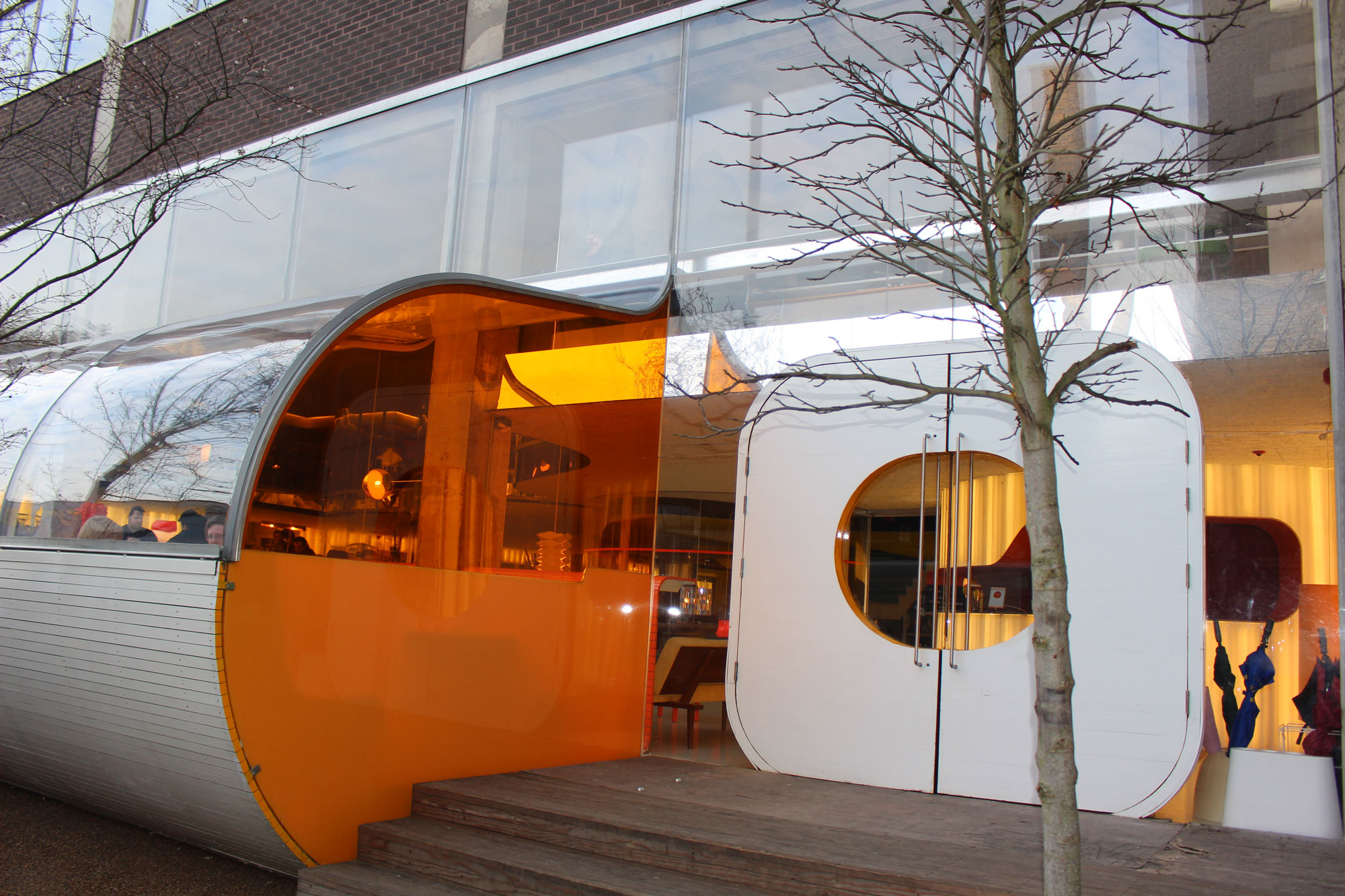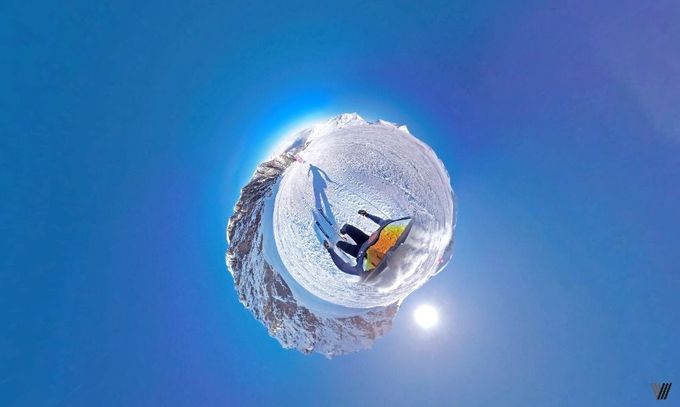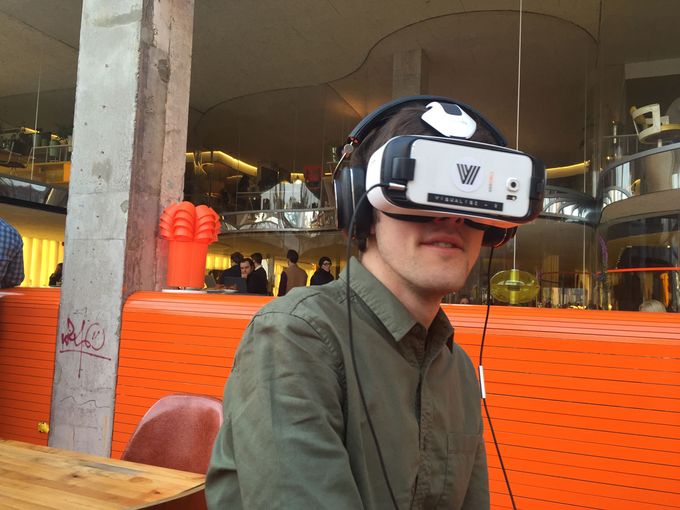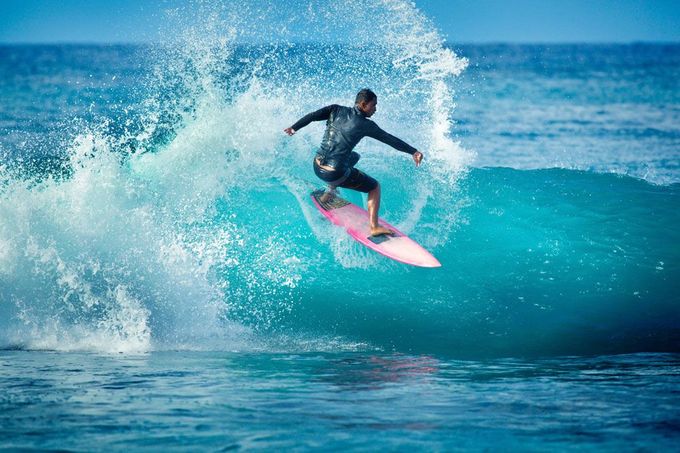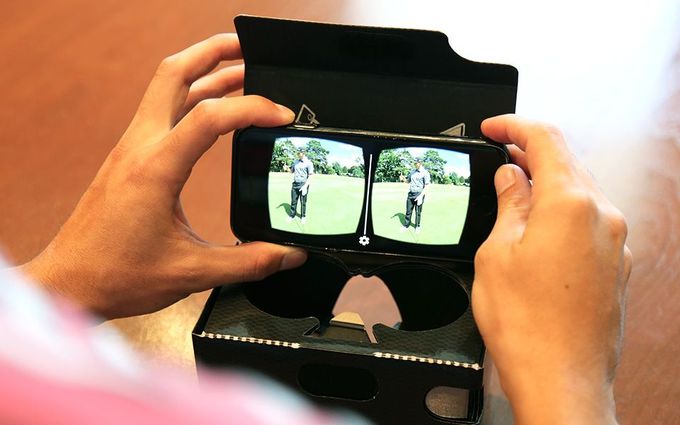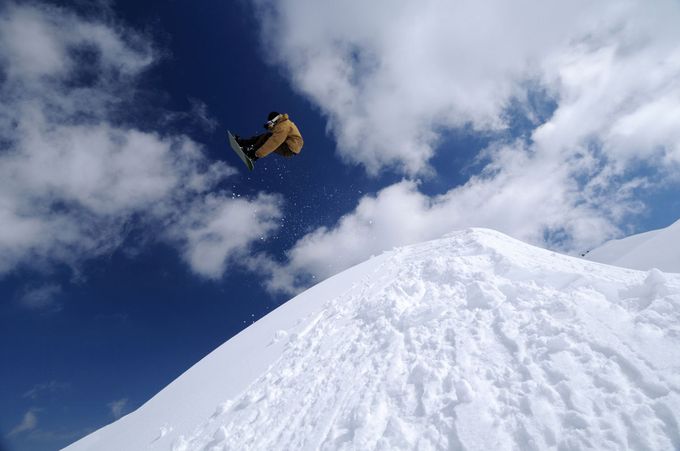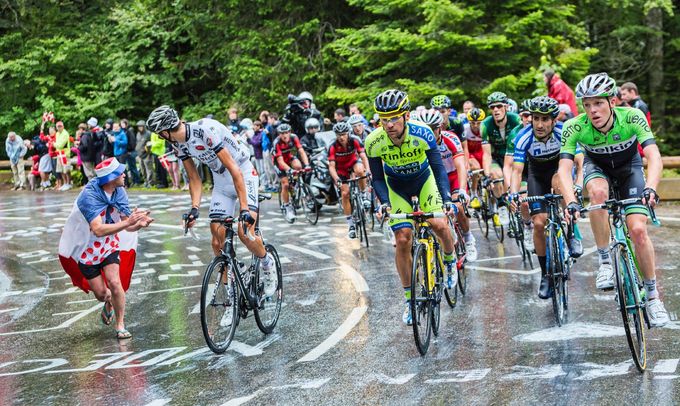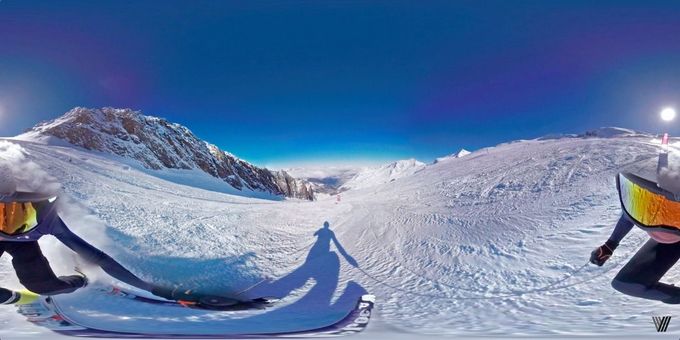
I’m sharing an upwardly-moving gondola with the Finnish ski team. We’re surrounded by Instagram-ready mountain tops covered in beautiful white snow. The Finns though, have seen it all before. They’re far too busy cracking jokes, fist-bumping, and enjoying each other’s company to notice the stunning scenery. It feels weird to be sitting amongst such esteemed company, but I try my best to act like it’s no big-deal.
Before I know it, the gondola ride is over and we’re looking down at an elite-level slalom course. The Finns, for some reason, seem to have got it into their heads that I’m a far better skier than I actually am. I want to tell them they’ve got the wrong guy, and that I’m not who they think I am but the words don’t come out. And then, it just seems to happen. We’re off, skiing down something much steeper than the far less stressful slopes I’m used to. My heart rate goes up a gear.
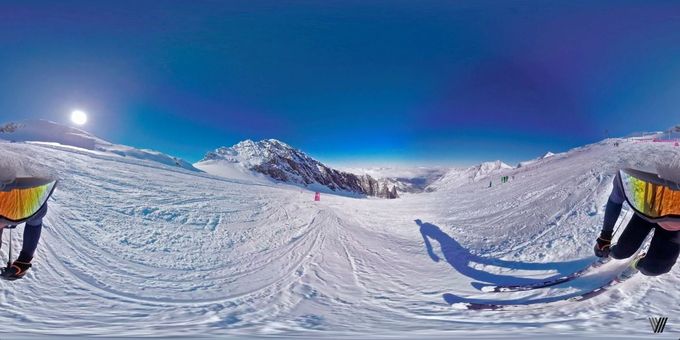
A member of the Finnish ski team, who I didn’t catch the name of beforehand, is ahead of me slaloming with all the skill and technique I would expect from someone who gets paid to ski. Amazingly however, I’m somehow keeping up with him. I’m skiing better than I’ve ever skied in my life, weaving between gates at speed, and feeling like a bonafide mountain god. The Finn can’t get away from me. This is it, I think. I’m going to ditch my life as an action sports and adventure hack, and trade it all in for a shot at Olympic glory.
We reach the bottom of the run, and the Finns waiting for us at the bottom of the slope celebrate with me like I’m a fully-integrated member of the team. My insides do somersaults. Has everything I’ve ever done been leading to this one wonderful moment? It’s hard to say. And then, just as quickly as the dream appeared, the illusion is shattered and I go crashing back down to earth with a bump.
